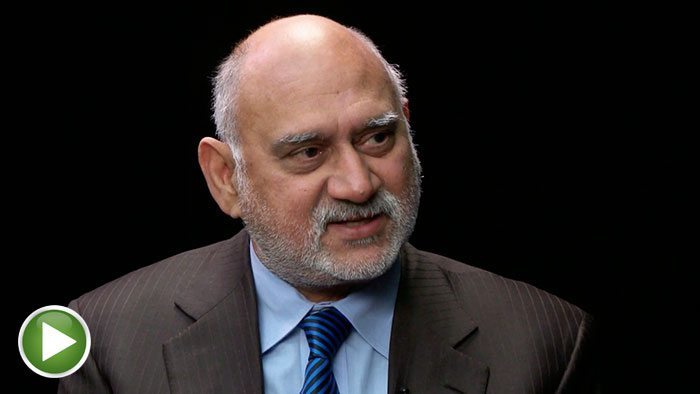Emerging India

India is a large, important market and one that has attracted much hopeful private equity capital over the past ten years. And yet many investors feel disappointed that the asset class in India hasn’t performed better on average. Privcap sat down with Parag Saxena, founding partner and CEO of NewSilkRoutePartners, a South Asia-focused private equity firm with $1.4 billion under management, to learn about the challenges facing the Indian market and what lies ahead for this critical growth opportunity.
Privcap: What does the future hold for private equity in India? It is a huge market that is poised for growth, yet has underperformed.
Parag Saxena, New Silk Route Partners: India attracted a great deal of money from 2006 to 2008. The demographics are attractive. The rising consumer and GDP per capita spurs demand for better food, healthcare, education, and communications. Companies have to meet those demands.
But India has failed to meet expectations, primarily because of a lack of exits. Data on 50 funds in India show that less than ten percent of the capital invested during the 2006 to 2008 period by growth capital or larger firms has been returned. There was occasional success in early stage companies. Otherwise, exits have been modest. The same scenario happened in the U.S. venture of money was raised and quickly invested. Investors make poorer judgments when capital is plentiful than when it is scarce.
Privcap: To what extent has it been the managers themselves lacking the skills to extract value from their portfolio companies?
Saxena: Another reason for underperformance in India is a lack of operating talent. New Silk Route immediately built a deep operating
team, so if a company ever ran into trouble, we could run it ourselves. Today, more than half our portfolio consists of companies that we run through a majority ownership. That’s a formula I would advocate to the overall industry: roll up your sleeves and actually think like an engineer working in a plant or a salesman selling a product. You cannot sit far above the activity, looking at monthly expense reports and cutting costs. You have to get down to the ground level.
Privcap: What are the macroeconomic factors influencing India’s performance?
Saxena: The Indian currency has dropped very steeply in the last year. But for the past 15 years, the Indian rupee has been at a stable level, at roughly 45 rupees to a dollar. So if you were lucky to get 50 rupees for every dollar, then you make a ten percent profit. What has actually happened is the rupee has at one time hit 70 rupees to the dollar. This is a big headwind and it’s not clear when it’s going to go away. Currency problems are usually straightforward. The U.S. dollar has declined because we are importing much more than we sell. The same issue is happening in India, except it got exacerbated in a very short period of time after several power plants popped up.
India is very oil poor and natural gas poor, but it’s very coal rich. So owners have set up these power plants expecting to use coal. But the central government, through poor governance, has not distributed coal licenses at a sufficient rate. So the plants have imported coal from Indonesia and Australia. India has growth, but they have to fuel that growth with energy. The economy hasn’t been able to sell products at the same rate it is buying up coal from overseas. It takes years to set up a new industry to create these exports.
Privcap: How will the Indian IPO market evolve during the next two years?
Saxena: This year, the economy hit record highs, and fully recovered from the drop in 2008. What should typically follow this is public listings from the best companies, so we should start seeing IPOs. That won’t take away from the fact that the currency is still much weaker, so you do need a 35-45 percent gain to show a meaningful profit. Hopefully, we’ll start to see more offerings take place. Investors will have to start pricing in rupee depreciation. The crowds initially neglected to do this because they expect- ed India to turn a corner and achieve a surplus in exports versus imports.
Privcap: How is public policy impacting the private equity opportunity in India?
Saxena: There is a cloud over the Indian market, and that is next year’s national elections, in May. There is little difference between the two leading parties. This time, however, several regional parties have the potential to form a coalition and reform government. Uncertainty keeps investment activity at a standstill until the industry is clear on the cards [it will be dealt]. By then, people will understand the landscape and then refocus on the positives. India is still the second -largest country in the world by population. The reforms have been pro-business and should lead to five percent-plus growth in GDP. [So] overall, people with strong operating skills will succeed in India.
An interview with Parag Saxena, Founding Partner and CEO of New Silk Route Partners.
